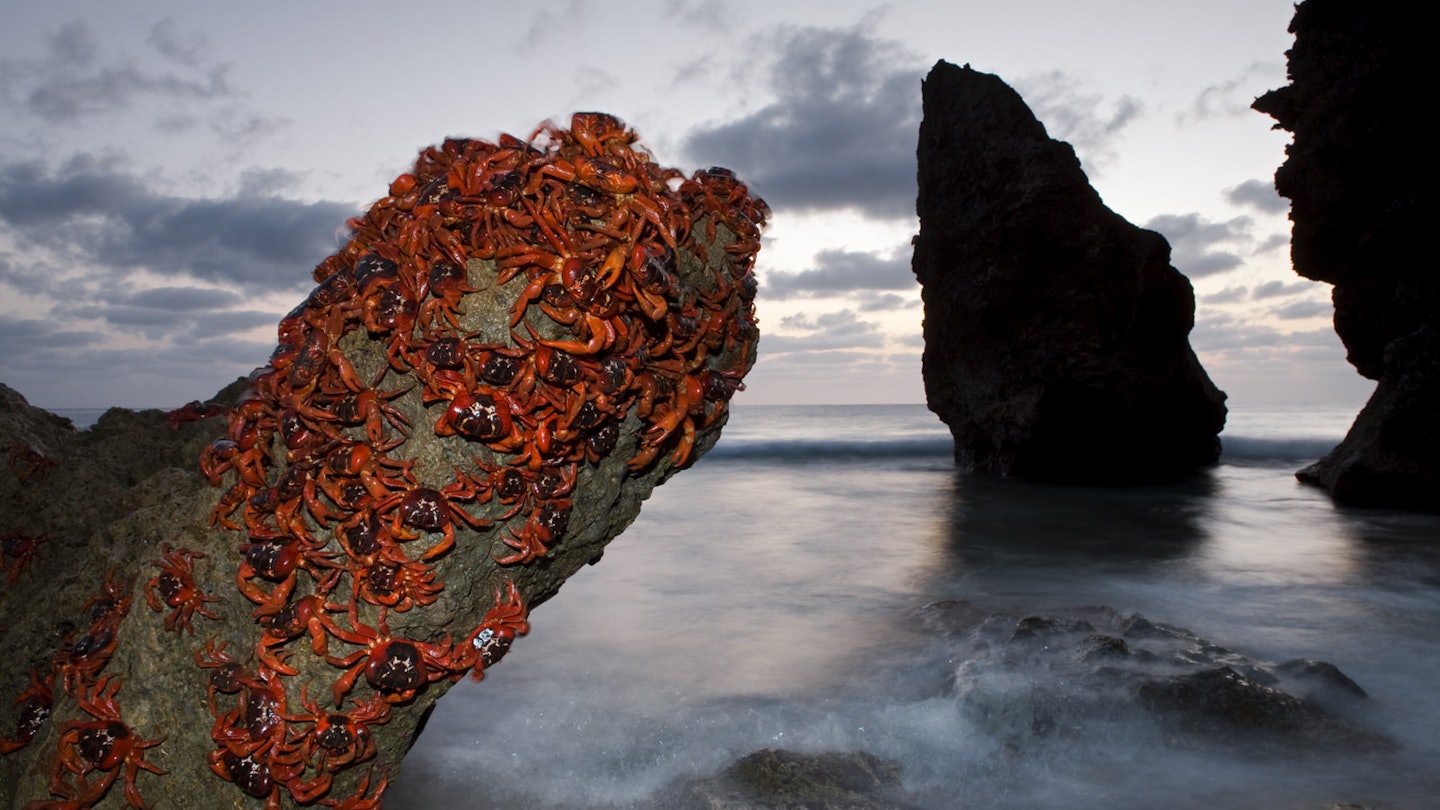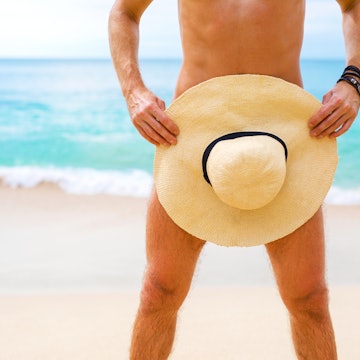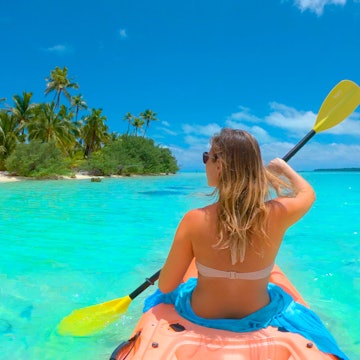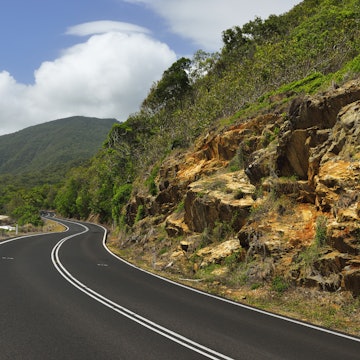

Editor's note: Since this story was written, Christmas Island's detention centre has been reopened.
With more than 225,000 red crabs (and 40 seabirds) to each of its human residents, getting back to nature takes on new meaning on Christmas Island. But while many travellers will have heard of its annual crab migration – regarded by Sir David Attenborough as one of the world’s most ‘astonishing and wonderful’ sights – this remote Australian territory remains one of the nation’s most underrated attractions, receiving just 2000 visitors a year.
A three-and-a-half hour flight from Perth, Christmas Island’s isolation has a lot to do with its lack of visitors. The Indian Ocean island’s controversial detention centre – which was closed in 2019 – hasn’t exactly been good for business either. But with tourism infrastructure continually improving as the island’s phosphate mining industry simultaneously winds down, it’s an incredible time to explore Australia’s own Galapagos before the secret is out.

Into the jungle
A wild expanse of verdant rainforest, volcanic cliffs, hidden beaches and endemic wildlife, Christmas Island National Park encompasses nearly two thirds of the 13- sq-km island, and is a key highlight for visitors. An easy 750m stroll along a raised boardwalk, Hughs Dale Waterfall Walk is easily the most popular trail that has been carved out of the unique vegetation. Just downhill from the trailhead, look for the path to the romantic sliver of sand known as Merrial Beach. If you spot a car parked at the top of the track, island courtesy dictates that its owner should be left to enjoy the beach in private.
Other beaches in the national park include Dolly Beach (reached via a 1km boardwalk), West White Beach (1.5km one-way), Winifred Beach (1.4km one-way) and Greta Beach, accessed via a hairy 4WD track. More accessible attractions include the Blowholes, where explosive bursts of seawater can be seen shooting 20m up through ancient lava tubes, and Margaret Knoll Lookout for sweeping island views and fantastic birdwatching. On Wednesday afternoon, don’t miss the opportunity to tour the Pink House Research Station, where national park staff are working to save two endemic lizard species from extinction.

Totally wild
Even outside of the annual crab migration (which can occur anytime between October and January), the island teems with these creatures. And not just red crabs – among the 20-odd crab species that call the island home, you’re bound to spot plenty of Christmas Island blue crabs, and huge robber crabs (also known as coconut crabs) roaming the island. Like most Christmas Island wildlife, the crabs have little fear of humans, making them a photographer’s dream at any time of the year.
Christmas Island is also known for its incredible birdlife, with an estimated 80,000 seabirds nesting here annually. Along with endemic species such as the Christmas Island frigatebird and the elegant white-tailed tropicbird; red-footed, brown and huge Abbott’s boobies can be spotted nesting everywhere from seaside cliffs to locals’ front yards.

To the beach
Formed by a series of geological uplifts over several million years, Christmas Island is surrounded by jagged cliffs, making much of its 80km shoreline inaccessible. But this only adds to the fun of seeking out its handful of beaches. Outside the aforementioned beaches in the national park, Lily Beach has the deepest arc of sand and a somewhat protected swimming area. It’s linked to the longer, wilder, Ethel Beach by a boardwalk that passes through a field of limestone pinnacles favoured by nesting seabirds. In town, Flying Fish Cove (locally known as The Cove) is a popular weekend hangout for locals. Just off Golf Course Rd, don’t miss The Grotto, a small cave with a refreshing natural pool chilled by an underwater spring.

Diver’s dream
As close as 20m from the shoreline, Christmas Island’s colourful fringing reef drops off several kilometres into the abyss, making for some of the most unique scuba diving on the planet. With more than 60 dive sites to choose from, keen divers could easily spend a few weeks here ticking off rare species such as dragon moray eels and hybrid fish that don’t occur anywhere else, while keeping an eye out for spinner dolphins and whale sharks.
In 2016, international diving operator Extra Divers joined smaller outfit Wet ‘n’ Dry Adventures on the island, making its underwater marvels even more accessible. Both operators also offer snorkelling trips, but some of the island’s best and most accessible snorkelling can be had just off the beach at Flying Fish Cove.

Island life
Located on the island’s northeastern tip, Flying Fish Cove – Christmas Island’s main settlement, which is essentially a mining town – isn’t particularly easy on the eye, but its quirkiness has a way of growing on you. In a nod to the rich cultural makeup of the local community, which numbers less than 2000 people, the settlement is dotted with various places of worship, while an ongoing beautification scheme has seen drab buildings livened up with colourful murals. Even renowned Malaysian-based street artist Ernest Zacharevic has made his mark here in a piece affectionately known as ‘Forklift Boy’.
At the western end of Flying Fish Cove, don’t miss the excellent museum on the upper floor of historic Tai Jin House with its colourful displays recounting the island’s fascinating – and often dark – history. It stands near a 6-inch-barrelled gun installed during WWII, which wasn’t much help in defending the island against the Japanese, who occupied it for three years.
Make it happen
Christmas Island is served by twice-weekly flights from Perth (connecting with the Cocos Islands), a weekly flight from Jakarta, and a fortnightly flight from Kuala Lumpur. Plan on staying for at least four nights; longer if you’re hoping to log a few dives.
There are a handful of guesthouses and restaurants in Flying Fish Cove, but if you’d prefer to be immersed in nature, check out Swell Lodge. Opened in 2018, the park’s only nature-based accommodation option features two eco-luxe glamping tents perched on a serene cliff above the ocean and surrounded by jungle. Rates include daily island touring with a knowledgeable host, three-course dinners cooked on your deck by a private chef, and endless opportunities to get up close to crabs.
If you’re not staying at Swell, hiring a car (ideally a 4WD) is essential for exploring the island; make the excellent Visitor Information Centre your first stop.
Sarah Reid travelled to Christmas Island with support from Tourism Australia and Swell Lodge. Lonely Planet writers do not accept freebies in return for positive coverage.














